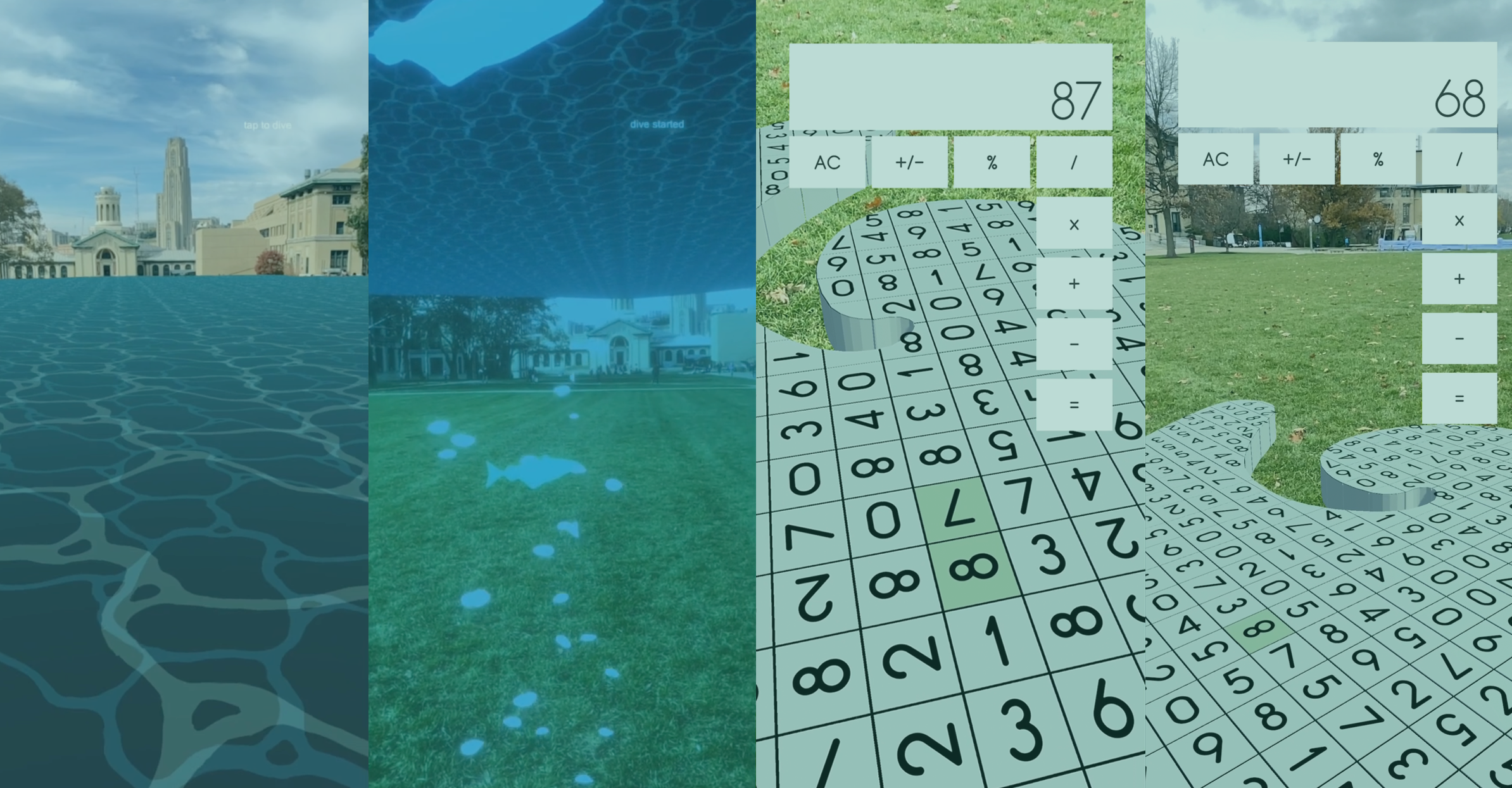
Experiments with AR (Augmented Reality)
small projects using Unity AR Foundation + Apple ARKit
1. CMU Numbers Garden Calculator
objective: propose and create a novel reality computing project
contribution: unity scripting, 3d modelling, visual design
technologies: unity AR, blender
prototype:
process:
The following outlines the creative process involved in the creation of this final project for Reality Computing Studio (Fall 2021).
i. brainstorm + sketch
The first step of my process involved brainstorming and sketching. I started with a concept of bringing a physical object into a virtual space and began thinking about objects in my nearby environment that held some sort of significance to me and was representative of my time at CMU.
The Numbers Garden behind the College of Fine Arts building came to me relatively quickly as I would often reminisce about meandering through its fluid paths and slip a couple of times on the snow-covered sculpture in the center in the midst of winter. I wanted to capture it virtually before I leave Pittsburgh and the shape itself was one that was unique, interesting, and easily modelled. Furthermore, I wanted to impart some novel functionality upon it as the sculpture itself exists as part of a larger landscape art installation but without much use of its own. The numbers on the sculpture are its main feature with their different orientations and seemingly random placements so I thought it could be interesting to utilize them in an experimental and unconventional calculator of sorts. Because it was important to me to carry a small piece of my time on CMU’s campus with me wherever I go, augmented reality seemed to be an obvious piece of this project by preserving the sculpture virtually and placing it back in the physical world through a phone camera and screen.
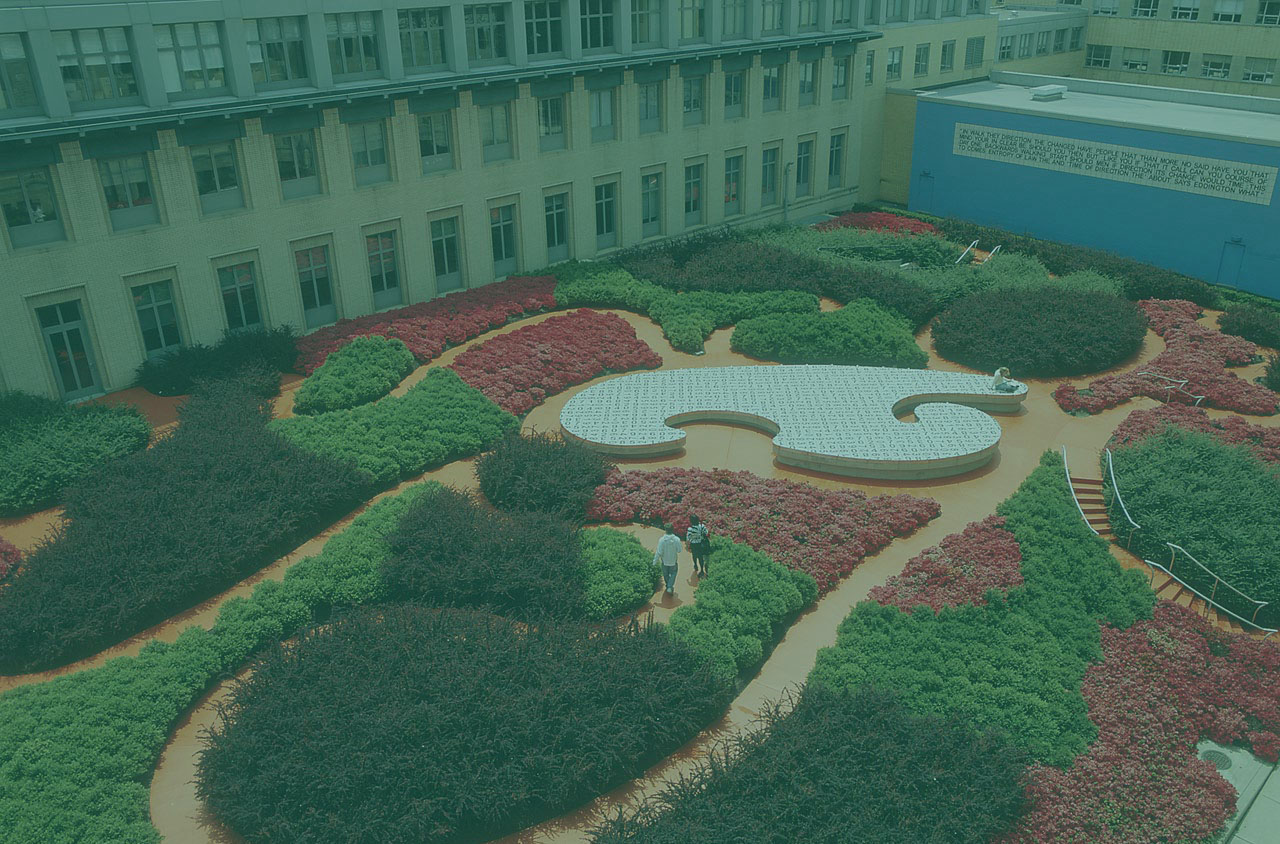
source: michael van valkenburgh associates inc.
Therefore, my idea was finalized and I sought to create an augmented reality camera app using a 3D model of the “Kraus Campo” sculpture.
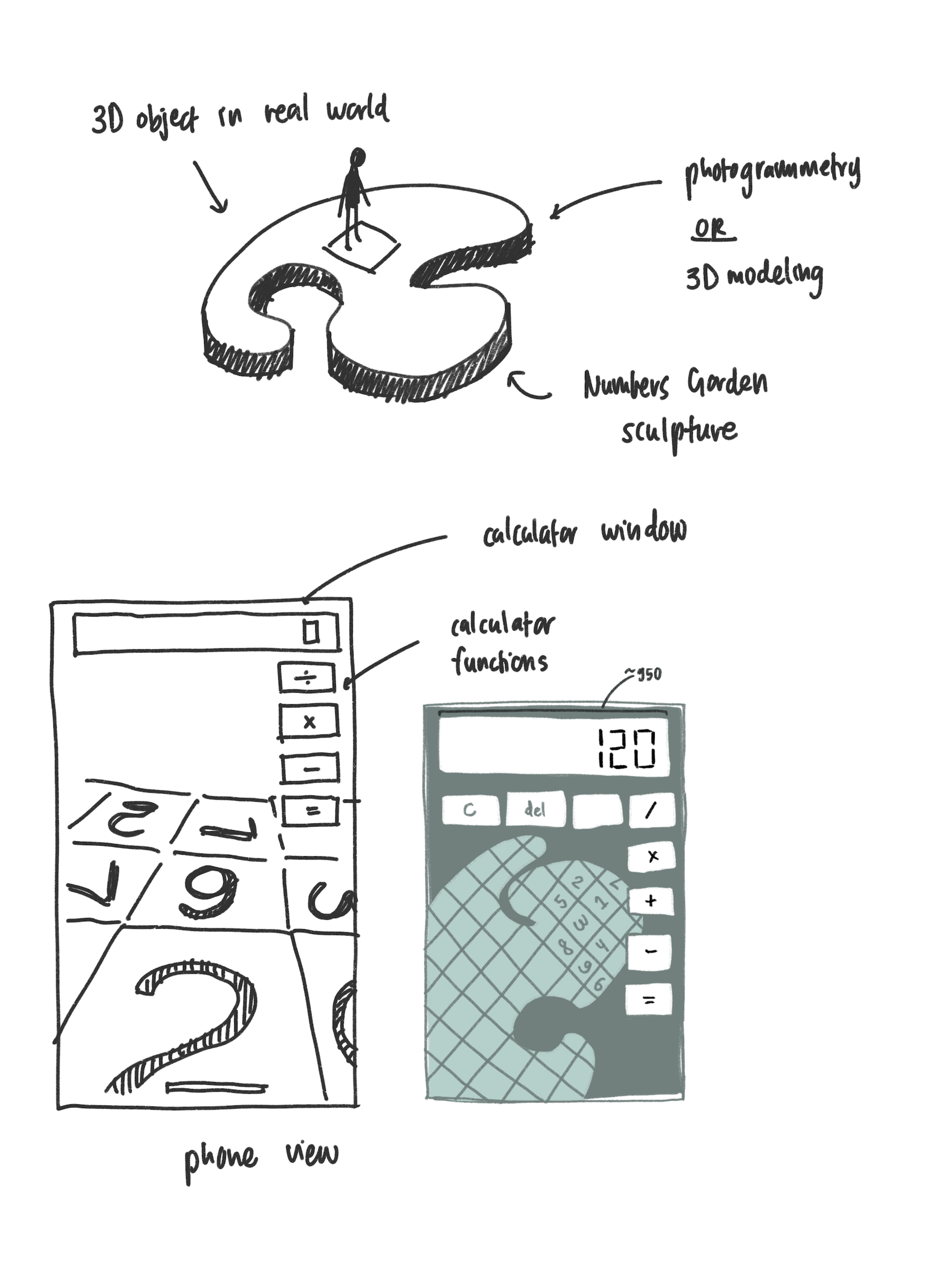
ii. 3D model
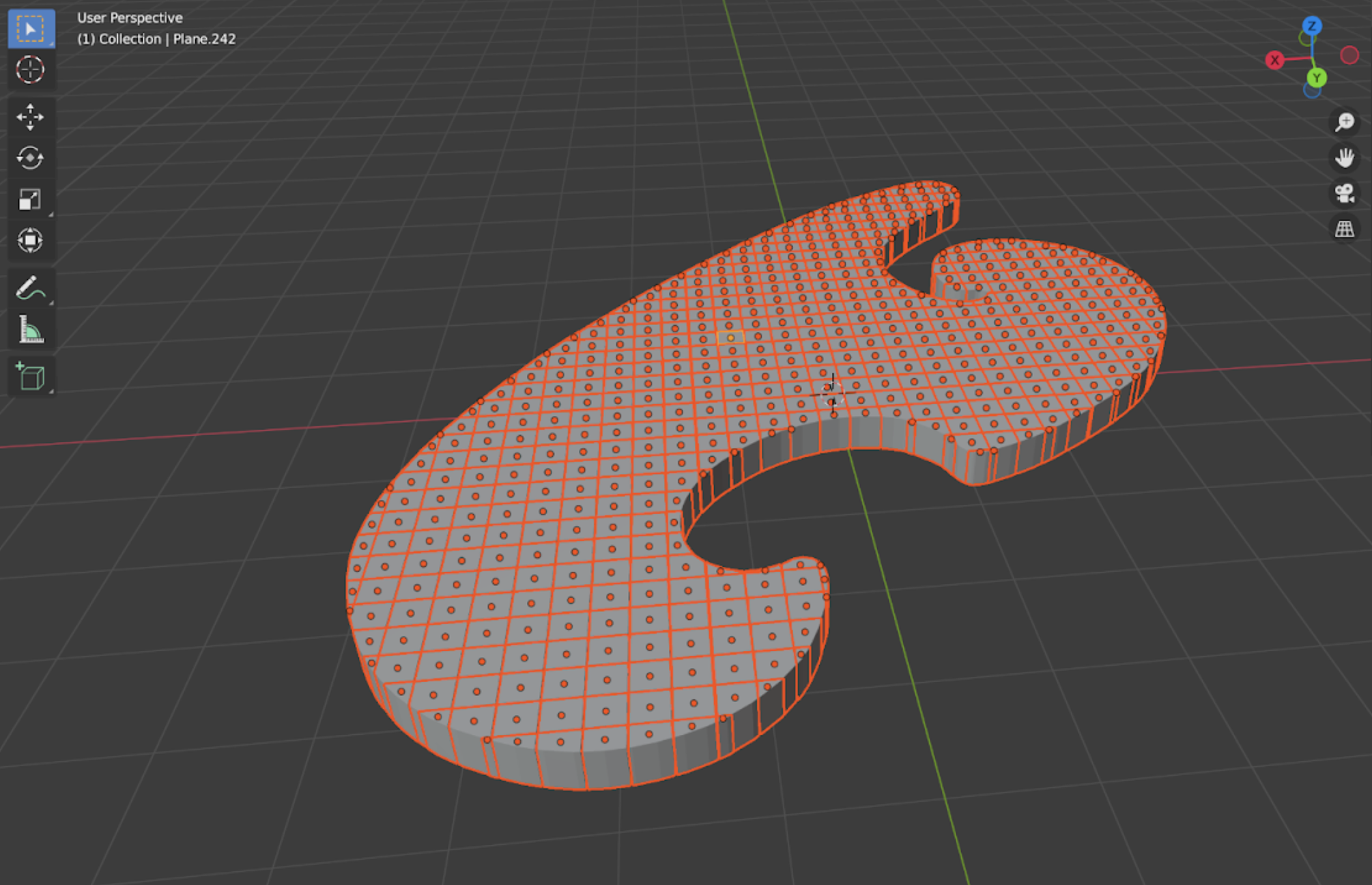
iii. unity AR app
To build my app, I used Unity 2020.3.21 + Unity AR Foundation.
The first step in creating the Unity app (besides going through the necessary steps for setting up AR and ARKit for iOS deployment) was importing my model and adding the black numbers onto the top face of the sculpture. For this, I wrote a C# script which iterated through all the blocks in the sculpture and added a child GameObject with a Text component if the blocks were large enough to have a number displayed on its top-facing face. For each block, the number (between 0 and 9) and rotation was randomly generated so that every time you open the app, you will get a different set of numbers and orientation than the previous time.
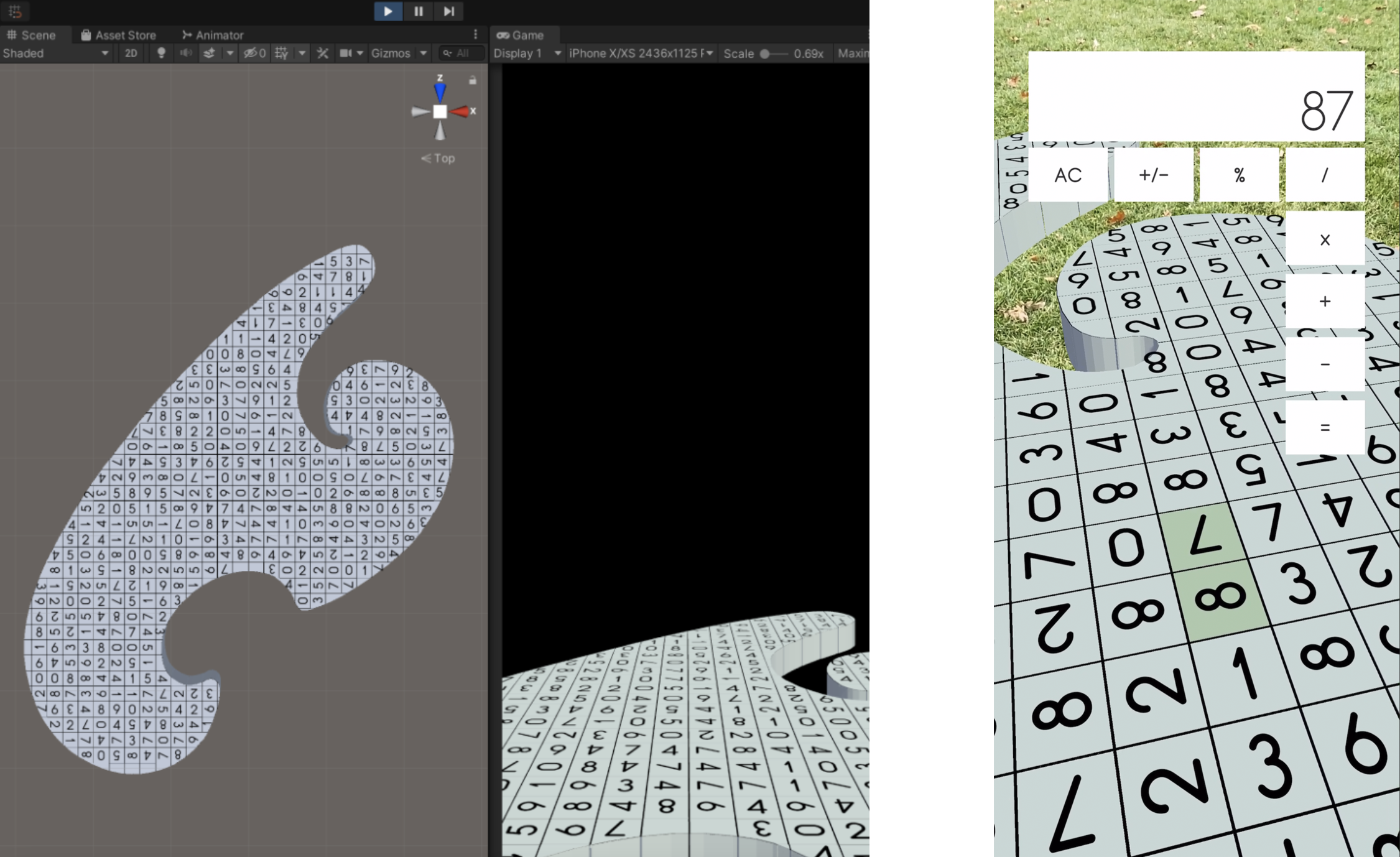
Then, I added the Calculator UI and wrote a script to handle number and button presses in relation to the calculator functionality and thus, the app was done and built on my iPhone.
2. deepdive [ar]
objective: compose a soundwalk using field recordings and other found materials
contribution: unity scripting, 3d modelling, sound design, visual design
technologies: unity AR, blender, logic pro X, audacity
this project is currently in development.
prototype:
This project was started in 60-424 Sound As Material (Fall 2021) taught by Professor Geneva Skeen.